Planting aquilegia and caring for the mystical flower
For those who cannot devote much time to a summer cottage, aquilegia will be a real gift: planting and growing it is not at all difficult, even children can do this work. The care of the flower bed can also be entrusted to the younger generation - they will not be able to ruin the flowers with all their desire. A large number of legends and legends have been written about this plant, it has been given many very expressive names: "Grumpy Woman's Flower", "Lion's Tea", "Meeting House", "Five Birds Together", "Vodosbor". Christians have revered this plant since ancient times, considered its petals to be holy gifts, and used the flower as a talisman.
An unusual flower in your country house
Depending on the variety, aquilegia can grow up to 20 cm and up to 1 m. This feature can be used in the design of a flower bed: by planting flowers in the right order, you can get a beautiful multi-tiered composition. Even before flowering begins, the site will be decorated with bizarre leaves covered with a bloom of unusual color. Drops of water do not spread over the leaf, but collect in sparkling balls, and then roll to the ground. Looking at this picture, another name for aquilegia is immediately remembered - catchment.
In early summer, single flowers or whole clusters of bright buds bloom. Each of the five petals is rolled into a kind of funnel with a spur at the end. Inflorescences come in a variety of shades, often they have a double color, there are varieties with double petals. Breeders have bred species with very large flowers, they can reach 10 cm if the plant is well cared for.
One flower pleases the eye for only a week, but new buds bloom to replace it, and the flower bed is covered with a colorful carpet for about a month. Then the pods appear, in which the seeds ripen. When the time comes, the seeds will spill out onto the ground and give life to new plants. If you do not remove the emerging seedlings, they form real thickets and make it difficult to care for the flower garden.
Where will the most beautiful flowerbed bloom?
Do not worry if aquilegia will take root on the site: growing this flower is available in any conditions. You can plant it in any soil, under the scorching sun or in the darkest corner - the plants will take root and develop. Only if your goal is not an experiment on the survival of ornamental crops, but getting a beautiful flower arrangement, create more comfortable conditions for the bushes.
Under the hot sun, the flowers will be small, rare and will fade quickly. In full shade, the plants will be weak, pathogens and pests can easily attack them. The best option is partial shade, when in the hottest time the flower bed is covered from the scorching rays, and is well lit in the morning and evening. Low varieties can be grown under trees and shrubs.
Aquilegia does not really like heavy clays or swampy soils. If you want the plant to give you bright lush flowers, take care of it too. Do not be lazy to make drainage, if the waters are high, enrich the barren land with peat and humus. All work will have to be done once, then the bushes will develop in this place for at least 6 years, and they will not need complex care.
What is the best for planting?
The easiest way to propagate aquilegia is by seed. You can harvest grains on your own site, but they may not retain varietal qualities. This flower is a perennial, and over the years, while the bush gets old, breeders will bring out new, even more beautiful species.Why use an unreliable seed when you can buy good, more modern seeds every 6 years? It is better to buy it in the fall and immediately sow it in the open field before winter. You can plant seeds in the spring as well, but you have to do some extra stratification work.
Advice
Aquilegia seeds quickly lose their germination. When buying, look at the release date and purchase only the last harvest seed.
Vegetative breeding methods are less reliable. Aquilegia does not take root well after transplantation, its damaged roots are difficult to recover, and can rot. The division of the bush can only be carried out on plants at least 3 years old. In the spring, carefully dig out the entire underground part of the flower, rinse it from the adhering earth. Carefully cut the main root lengthwise and sprinkle the damaged area with crushed charcoal. Cut off the bulk of the leaves and plant the plant in the flower bed.
Propagated by catchment and cuttings. In the spring, break off young shoots and treat the lower part with a root growth stimulant. Stick the twigs into loose soil for growth. Until the plants take root, shade them from the hot sun and spray frequently with water.
The distance between the bushes depends on the type of flower. The lowest bushes can be planted after 20 cm, meter-high giants - after 40 cm. If the sun rarely looks into the flower garden, increase the distance so that the moist infected air does not stagnate. You can grow a flower near the trunks of trees and shrubs, its strong root system will be able to find empty spaces between the rhizomes of tree crops and gain a foothold in the soil.
Easy aquilegia care
Taking care of aquilegia in the open field is not difficult, but it still requires a little bit of care. Take a close look at your plantation every spring. Strong aquilegia roots can push the top of the tuber out of the soil - cover it with compost or peat. The plant is not afraid of drought, its long roots go to great depths, only flowering without water will not be bright and lush. Don't let the aquilegia get thirsty, it loves constantly moist soil. Water the flower bed as it dries, and to carry out this procedure less often, bury the hydrogel in the ground.
You can fertilize aquilegia 2 times per season: at the beginning of the growing season and after flowering. Use complex fertilizers, they have all the necessary components. If the first flowers seemed small and dim to you, then the bushes are hungry and ask for additional feeding. Water the soil with nutrient solutions, and the flower bed will immediately become more colorful and magnificent.
When the flowers fade, cut off the stems with flower stalks, and decorative rosettes of leaves will adorn the flower bed until late autumn. If you want to collect seeds, tear off the pods when their color becomes brown and dry them indoors. You can not keep track of when the achene bursts and the grains fall to the ground.
After 6 years, the bush grows old, loses its beauty. Dig up old specimens and replace them with young plants. No matter how diligently you cut off the dried flower stalks, some of them managed to throw seeds on the ground, and young growth will appear on the flower bed. You can allow the flowers to multiply on their own, only the sight of such bushes will most likely disappoint you. Over-pollinated plants often lose their varietal qualities, become less beautiful. This option is suitable for creating flowering lawns that do not need care, filling empty spaces on the site, but a colorful composition with self-seeding will not work.
Advice
If you want to collect varietal seeds, plant several bushes in a separate area. Seed plants of each species should be at a great distance from each other.
Diseases and pests
Aquilegia is resistant to most diseases. But when grown in tightness and humidity, powdery mildew can attack the leaves.If you see a white bloom, immediately treat the plants with preparations containing copper. It is recommended to carry out three such procedures at intervals of 7 days.
If spots, rotten or dried out areas appear on parts of the plant, a viral or fungal infection has struck the flower. No treatment or intensive care usually works, and while you are trying to cure a diseased specimen, the pathogen spreads to other bushes. Dig up damaged plants and burn them, and treat the rest of the plantings with disinfectants.
Pests rarely attack aquilegia, but sometimes you can notice on the leaves ...
- ... aphids;
- ... ticks;
- ... caterpillars.
Treat the flower bed with insecticides or herbal infusions. To prevent pests and pathogens from planting by the side, plant around the bushes calendula and marigold and arrange for good maintenance of the flower garden.
Output
With a lack of time, creating a beautiful flower bed is not difficult at all. Aquilegia will fit into any design, and caring for it is not at all difficult. The roots of plants do not freeze even in extreme cold, neither the scorching rays of the sun, nor the shadow of the flower are afraid. Aquilegia is one of those rare perennials that are easiest to propagate by seeds, and after planting it grows in open ground for at least 6 years.
Unusual flowers will cover the territory with a colorful carpet, and in early spring and late autumn, carved, slightly bluish leaves will add decorativeness to the summer cottage. The flower garden will be especially beautiful during rain and heavy dew. It is not for nothing that this flower bears the second name - the catchment: the drops do not spread over its leaves, but gather in large balls. If you rarely go to the country and cannot provide care for capricious plants, plant an aquilegia, and the site will always look attractive.
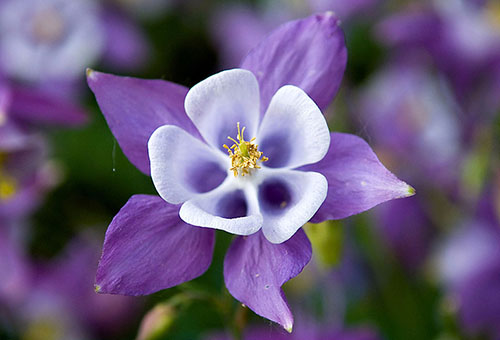
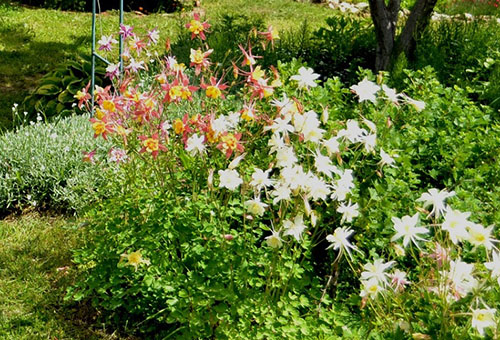
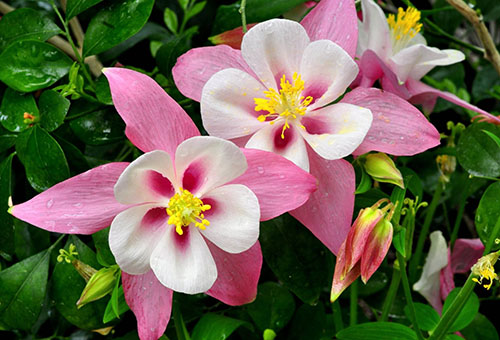

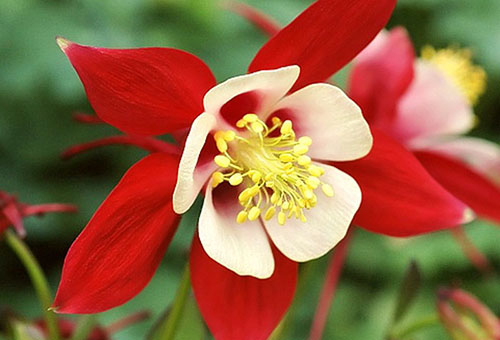
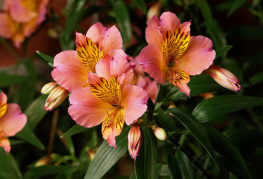
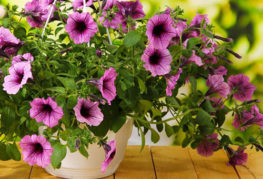
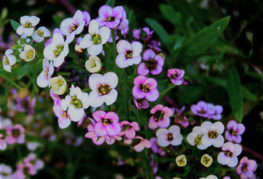
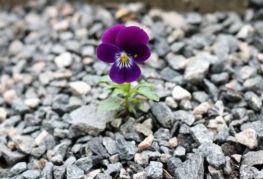
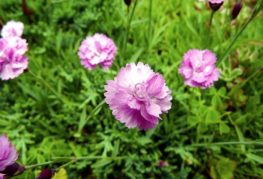
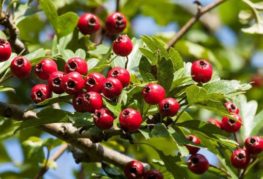
and will be published shortly.